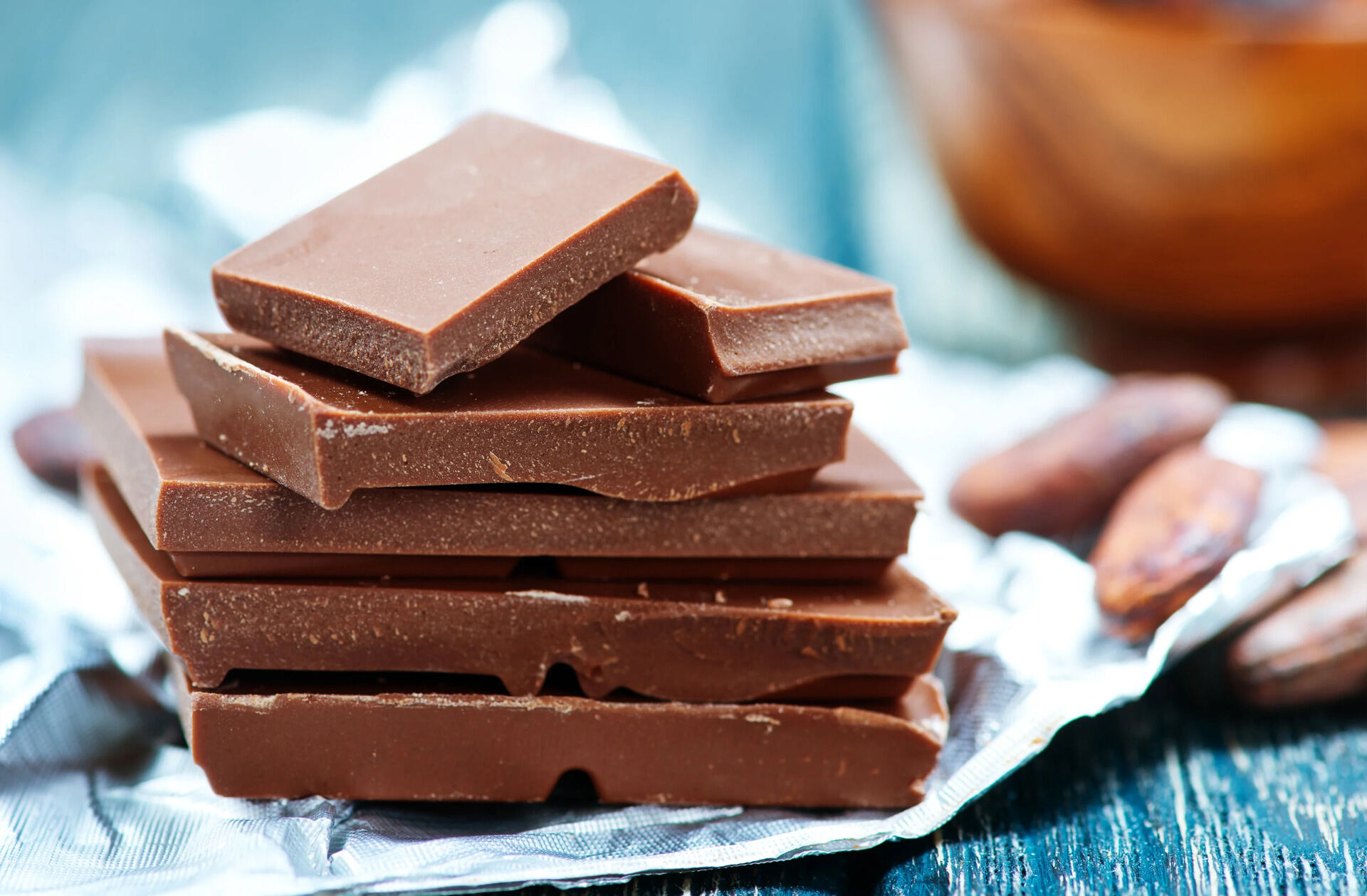

Articles
How To Store Chocolate In Summer
Modified: January 20, 2024
Learn how to store chocolate and keep it from melting in the summer heat. Read our articles for helpful tips and tricks.
(Many of the links in this article redirect to a specific reviewed product. Your purchase of these products through affiliate links helps to generate commission for Storables.com, at no extra cost. Learn more)
Introduction
Summertime brings warmth, sunshine, and the perfect opportunity to enjoy delectable treats like chocolate. However, as temperatures rise, so does the risk of chocolate melting and losing its quality. To preserve the taste, texture, and appearance of your favorite chocolate delights, it’s crucial to store them properly during the summer months.
Chocolate’s main ingredient, cocoa butter, is a delicate substance that can easily melt when exposed to high temperatures. When chocolate melts and re-solidifies, it can develop a gritty or uneven texture, affecting its overall quality. Additionally, exposure to excessive heat can cause the chocolate to lose its flavor and become rancid.
To ensure that your chocolate remains in optimal condition throughout the summer, it’s important to understand the ideal storage conditions and take proper precautions. In this article, we will explore the best practices for storing chocolate during the hot summer season.
Key Takeaways:
- Keep chocolate cool and dark in the summer to maintain its texture and flavor. Avoid direct sunlight and heat exposure, and use airtight packaging for optimal storage.
- Control humidity and choose the right location for storing chocolate. Follow additional tips like avoiding frequent handling and consuming within a reasonable timeframe for best results.
Read more: How To Store Chocolates
Why Chocolate Needs Special Storage During Summer
Chocolate is a delicacy that is loved by people of all ages. However, it is highly susceptible to melting and losing its shape and texture when exposed to heat. This is especially true during the hot summer months when temperatures can soar to uncomfortable levels.
One of the main reasons why chocolate needs special storage during summer is its composition. Chocolate contains a high amount of cocoa butter, which has a low melting point. When the temperature rises, the cocoa butter starts to soften, leading to a loss of structure and integrity in the chocolate.
When chocolate melts and re-solidifies, it can result in a variety of undesirable outcomes. The texture may become grainy or bloomed, with a dull appearance. The flavor profile can also be affected, leading to a loss of the rich and smooth taste that chocolate is known for.
Furthermore, excessive heat can accelerate the oxidation process, causing the chocolate to become rancid. Rancid chocolate has an unpleasant taste and odor and should be avoided at all costs.
Another factor to consider is the filling or coating of the chocolate. Many chocolates have fillings that can be delicate and heat-sensitive, such as ganache or caramel. These fillings can easily soften or liquefy when exposed to high temperatures, leading to a messy and unappetizing chocolate eating experience.
Therefore, it is essential to take special precautions when storing chocolate during the summer to maintain its quality and enjoy the full sensory experience.
Optimal Temperature for Storing Chocolate
When it comes to storing chocolate during the summer, temperature is a critical factor to consider. The optimal temperature for storing chocolate falls within a specific range to preserve its texture and flavor.
The ideal temperature for storing chocolate is between 60°F (15°C) and 70°F (21°C). This temperature range allows the chocolate to remain firm and stable without the risk of melting. Storing chocolate in an environment that is too cold can cause it to become brittle and lose its smoothness.
It is important to note that chocolate is sensitive to temperature fluctuations. Rapid changes in temperature can cause condensation to form on the surface of the chocolate, resulting in a phenomenon known as sugar bloom. Sugar bloom appears as white or grayish streaks on the chocolate and can affect its overall appearance and texture.
To maintain a consistent temperature, store your chocolate in a cool, dry place. Avoid areas where the temperature can rise significantly, such as near windows, ovens, or heating vents. Choose a location that is consistently cool, like a pantry or cupboard away from direct sunlight.
If you live in a particularly warm climate, or if your home has a tendency to get hot during the summer, you may need to take additional measures to keep your chocolate cool. Consider using a dedicated wine cooler or mini-fridge set to the optimal temperature range specifically for storing chocolate.
By storing your chocolate at the optimal temperature range, you can enjoy the delightful taste and texture without the worry of it melting or losing its quality.
Choosing the Right Location for Storage
When it comes to storing chocolate during the summer, selecting the right location plays a crucial role in preserving its quality. Here are some factors to consider when choosing the ideal storage spot:
Cool and Dark: Opt for a cool and dark area in your home, such as a pantry or cupboard. Excessive exposure to light can cause the chocolate to melt or develop off flavors. Light can also accelerate the breakdown of the cocoa butter, resulting in a less desirable texture.
Away from Heat Sources: Ensure that the chosen location is away from any heat sources, such as stovetops, ovens, or direct sunlight. These sources can significantly raise the temperature, leading to the risk of chocolate melting or becoming soft.
Consistent Temperature: Maintain a consistent temperature in the chosen storage area. Avoid spots that experience drastic temperature fluctuations or hot spots, as they can negatively impact the texture and overall quality of the chocolate. The temperature should ideally fall within the range of 60°F (15°C) to 70°F (21°C).
Proper Ventilation: Good air circulation is essential for preserving the quality of the chocolate. Ensure that the storage area is well-ventilated to prevent the buildup of moisture or odors that can affect the taste and aroma of the chocolate.
Away from Strong Odors: Chocolate easily absorbs strong odors from its surroundings. Keep it away from any fragrant or aromatic items, such as spices, cleaning agents, or strong-smelling foods, to avoid altering its flavor.
Accessibility: Choose a location that is easily accessible to regularly check and enjoy your stored chocolate. This makes it convenient to maintain the quality and make sure the chocolate is not accidentally forgotten and left to degrade.
By considering these factors and selecting an appropriate location, you can ensure that your chocolate remains in optimal condition, ready to be savored during those sweet summer moments.
Avoiding Direct Sunlight and Heat Exposure
One of the most crucial steps in properly storing chocolate during the summer is to protect it from direct sunlight and heat exposure. Here’s why it’s important and how you can avoid these detrimental conditions:
Direct Sunlight: Sunlight contains ultraviolet (UV) rays that can heat up and damage your chocolate. These rays can cause the cocoa butter to melt, resulting in a loss of texture and flavor. Additionally, direct sunlight can fade the color of the chocolate and lead to the development of a whitish-grayish film known as sunburn or solar bloom.
To avoid sunlight exposure, store your chocolate in a cool, dark place, away from windows or sources of natural light. Consider using opaque containers or wrapping the chocolate in aluminum foil or parchment paper to provide an additional layer of protection.
Heat Exposure: Extreme heat is a chocolate’s worst enemy, as it can quickly cause melting and irreversible damage. When exposed to high temperatures, the cocoa butter in the chocolate softens, leading to a loss of structure and a gritty or uneven texture.
To prevent heat exposure, avoid storing chocolate in areas that experience high temperatures, such as near ovens, stovetops, or appliances that emit heat. Additionally, refrain from leaving chocolate in a car or any place where the temperature can rise rapidly.
If you live in a particularly hot climate or do not have access to air conditioning, you may need to get creative in finding a cool and shaded spot for storing chocolate. Consider using a cooler, wine fridge, or even the coolest part of your basement as alternative storage options.
By being proactive and mindful of sunlight and heat exposure, you can ensure that your chocolate maintains its shape, texture, and flavor, allowing you to enjoy its delectable taste even during the hottest summer days.
Store chocolate in a cool, dark place away from direct sunlight and heat sources. Consider using a wine fridge or a cool, dry pantry to maintain its quality during the summer months.
Read more: How To Store Chocolate Truffles
Proper Packaging for Chocolate Storage
Choosing the right packaging for storing chocolate during the summer is essential to maintain its quality and protect it from external factors. Here are some tips for proper packaging:
Airtight Containers: Use airtight containers or resealable plastic bags to store your chocolate. These containers provide a barrier against moisture and odors, keeping your chocolate fresh and free from unwanted flavors or smells.
Individual Wrapping: If you have different types of chocolate or chocolates with fillings, consider individually wrapping them. This not only prevents cross-contamination of flavors but also protects the chocolate from moisture and heat.
Aluminum Foil or Parchment Paper: Wrap your chocolate in aluminum foil or parchment paper to provide an extra layer of protection. These materials help to insulate the chocolate from both heat and moisture, preserving its texture and flavor.
Cooling Racks: For larger chocolate bars or blocks, place them on a cooling rack rather than directly on a surface. Elevating the chocolate allows for better air circulation, preventing moisture buildup and helping it stay cool.
Sealing and Labeling: Ensure that all containers or bags are properly sealed to maintain an airtight environment. Additionally, label the packaging with the date of storage to track its freshness and consumption timeline.
Considerations for Filled Chocolates: When arranging bon bons in table settings, it is essential to handle these filled chocolates, like truffles or bonbons, with additional care. To prevent them from sticking, place each bon bon in individual paper or foil cups. Additionally, ensure that the packaging is sturdy enough to protect their delicate fillings.
Refrigeration: While refrigeration can help prolong the shelf life of chocolate, it is not always recommended, as it can introduce moisture and odors. If you choose to refrigerate your chocolate, make sure it is properly wrapped and stored in an airtight container to minimize these risks.
Proper packaging is vital in preserving the freshness and quality of your chocolate during the summer. By following these packaging tips, you can enjoy your chocolates without worrying about moisture, heat, or unwanted flavors affecting their taste and texture.
The Importance of Humidity Control
When it comes to storing chocolate, humidity control is a crucial aspect that is often overlooked. High humidity can lead to moisture absorption by the chocolate, resulting in a multitude of issues including flavor alteration, texture changes, and the development of a damp or sticky surface. Here’s why humidity control is vital for storing chocolate during the summer:
Texture Preservation: High humidity can cause chocolate to absorb moisture from the air, resulting in a soft, sticky, or grainy texture. This change in texture can make the chocolate less desirable to consume and affect the overall eating experience. By controlling the humidity levels, you can prevent these unwanted texture changes and maintain the smooth and pleasant mouthfeel of the chocolate.
Flavor Integrity: Chocolate is known for its complex and nuanced flavors, which can be easily affected by humidity. Excessive moisture in the air can cause the chocolate to absorb unwanted flavors and aromas, resulting in a loss or alteration of its original taste. Controlling humidity ensures that the chocolate retains its distinctive flavor profile and that you can fully enjoy its rich and delectable taste.
Appearance Maintenance: High humidity can lead to the formation of a thin layer of moisture on the surface of the chocolate, known as condensation. This can result in what is known as sugar bloom or fat bloom. Sugar bloom appears as a white, powdery coating on the surface of the chocolate, while fat bloom appears as a dull, grayish film. Both blooms can significantly impact the appearance of the chocolate, making it less visually appealing. By controlling humidity levels, you can prevent the formation of these blooms and maintain the chocolate’s attractive appearance.
Prolonged Freshness: Proper humidity control helps to preserve the freshness of the chocolate. Excessive moisture in the air can accelerate the degradation process, causing the chocolate to spoil more quickly. By ensuring a controlled humidity environment, you can extend the shelf life of your chocolate and enjoy it at its peak quality for a longer period.
To control humidity, store your chocolate in a cool, dry place with low humidity levels. Consider using desiccant packets or silica gel packs in the storage containers to absorb any excess moisture. These packets are typically included with electronics or packaged goods and can help maintain the ideal humidity conditions for the chocolate.
By paying attention to humidity control, you can preserve the texture, flavor, and appearance of your chocolate, making every bite a delightful experience even during the humid summer months.
Additional Tips for Storing Chocolate in Summer
Aside from temperature control, packaging, and humidity control, there are additional tips and practices you can follow to ensure your chocolate remains in optimal condition during the summer. Consider the following:
Avoid Frequent Handling: Heat from our hands can transfer to chocolate, causing it to melt. Minimize handling as much as possible when accessing or serving chocolate to prevent unnecessary heat transfer. Use gloves or utensils to handle chocolate, especially during hot weather.
Wrap Ice Packs: If you need to transport chocolate during hot weather or want to provide extra cooling for storage, wrap ice packs in a towel and place them next to the chocolate. Ensure the ice packs are properly sealed to avoid any condensation that could harm the chocolate.
Control Room Temperature: Keep indoor temperatures at a comfortable level during the summer. Excessive heat in the room can affect the ambient temperature and make it more challenging to maintain the desired temperature for storing chocolate. Consider using fans or air conditioning to help regulate the room temperature.
Plan Ahead for Outdoor Gatherings: If you’re planning to bring chocolate to outdoor events or picnics, take precautions to keep it cool. Use insulated bags or coolers with ice packs to provide a temperature-controlled environment for the chocolate during transport and outdoor storage.
Store Chocolate in Small Portions: Instead of storing large bars or chunks of chocolate, consider breaking them into smaller portions. This allows you to only expose the portion you need to room temperature, minimizing the risk of the remainder melting when not in use.
Frequent Inspection: Regularly check on your stored chocolate to ensure it remains in good condition. Look for any signs of melting, blooming, or unusual texture. If any issues are detected, take immediate action to rectify the situation, such as moving the chocolate to a cooler location or repackaging it with proper sealing.
Consume Within Reasonable Timeframe: While chocolate can be stored for a relatively long time, it is best enjoyed within a reasonable timeframe to maintain its freshness and quality. Check the packaging or manufacturer’s recommendations for the suggested shelf life for optimal flavor and texture.
Seek Professional Advice: If you have valuable or delicate chocolates that require special handling or storage conditions, consider reaching out to a professional chocolatier for guidance. They can provide specific recommendations based on the type of chocolate and your specific environment.
By following these additional tips, you can ensure that your chocolate remains in excellent condition, ready to be enjoyed during the summer season. With proper care and attention, you can savor the delectable taste of chocolate without compromising its quality.
Conclusion
When it comes to storing chocolate during the summer, proper care and attention are essential to preserve its quality and enjoy its delightful flavors. High temperatures and humidity can affect the texture, taste, and appearance of chocolate, making it crucial to follow the best practices for storage.
By maintaining the optimal temperature range of 60°F (15°C) to 70°F (21°C) and choosing a cool, dark location for storage, you can prevent the chocolate from melting or developing undesirable texture changes. Avoiding direct sunlight and heat exposure is also crucial in preserving the shape, flavor, and appearance of your chocolate delights.
Proper packaging plays a vital role in keeping chocolate fresh and protected. Utilizing airtight containers, individual wrapping, and elevation on cooling racks can help maintain the integrity of the chocolate. Additionally, controlling humidity levels is crucial to prevent moisture absorption and the development of sugar bloom or fat bloom.
Additional tips, such as avoiding frequent handling, using ice packs for transportation, and planning ahead for outdoor events, can further ensure that your chocolate remains in optimal condition. Regular inspection and consumption within a reasonable timeframe will also contribute to enjoying the chocolate at its best.
In conclusion, storing chocolate during the summer requires attention to detail and following best practices. By implementing these guidelines, you can protect the texture, flavor, and appearance of your chocolate treasures, allowing you to savor their indulgent taste and share moments of chocolate-filled joy throughout the summer season.
Frequently Asked Questions about How To Store Chocolate In Summer
Was this page helpful?
At Storables.com, we guarantee accurate and reliable information. Our content, validated by Expert Board Contributors, is crafted following stringent Editorial Policies. We're committed to providing you with well-researched, expert-backed insights for all your informational needs.
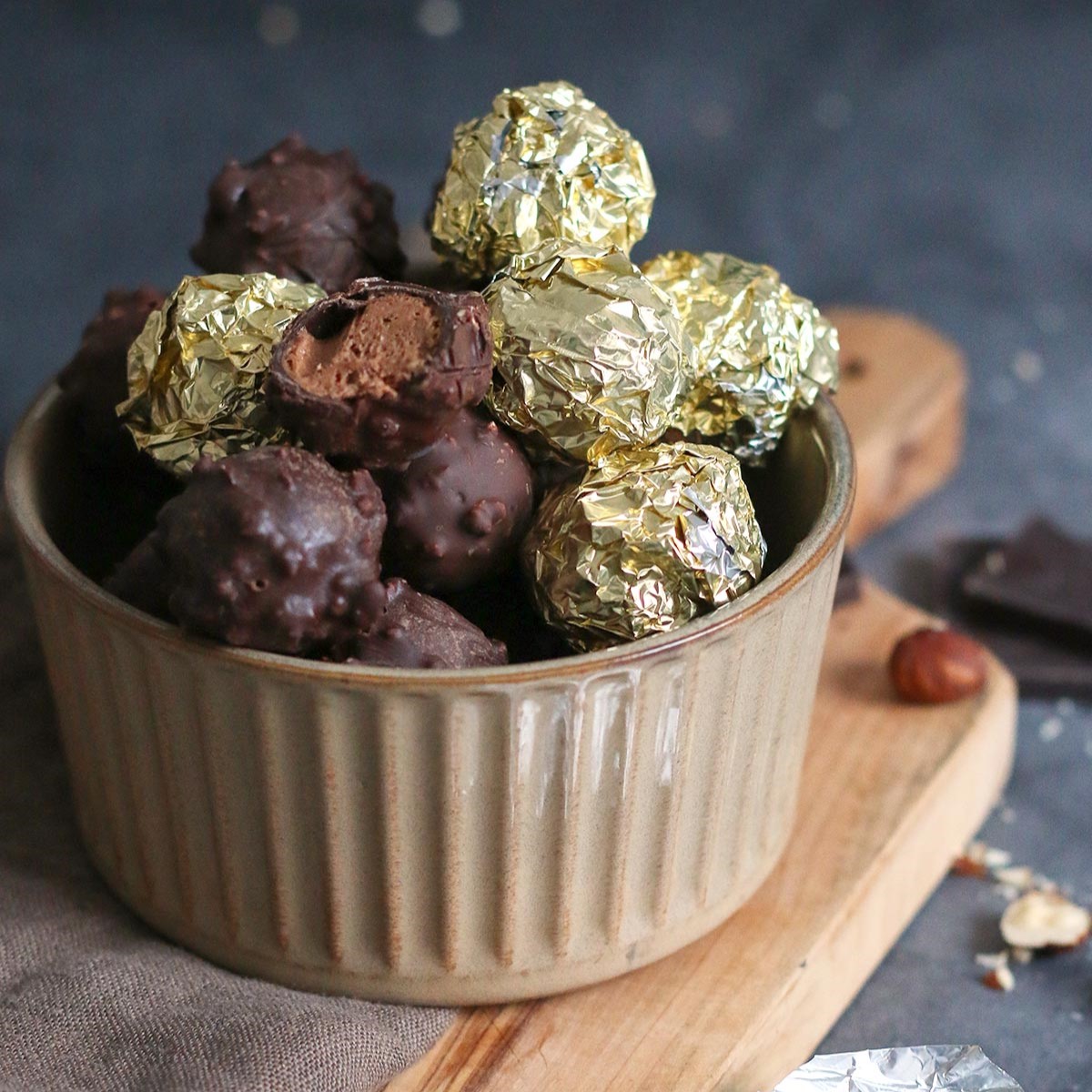
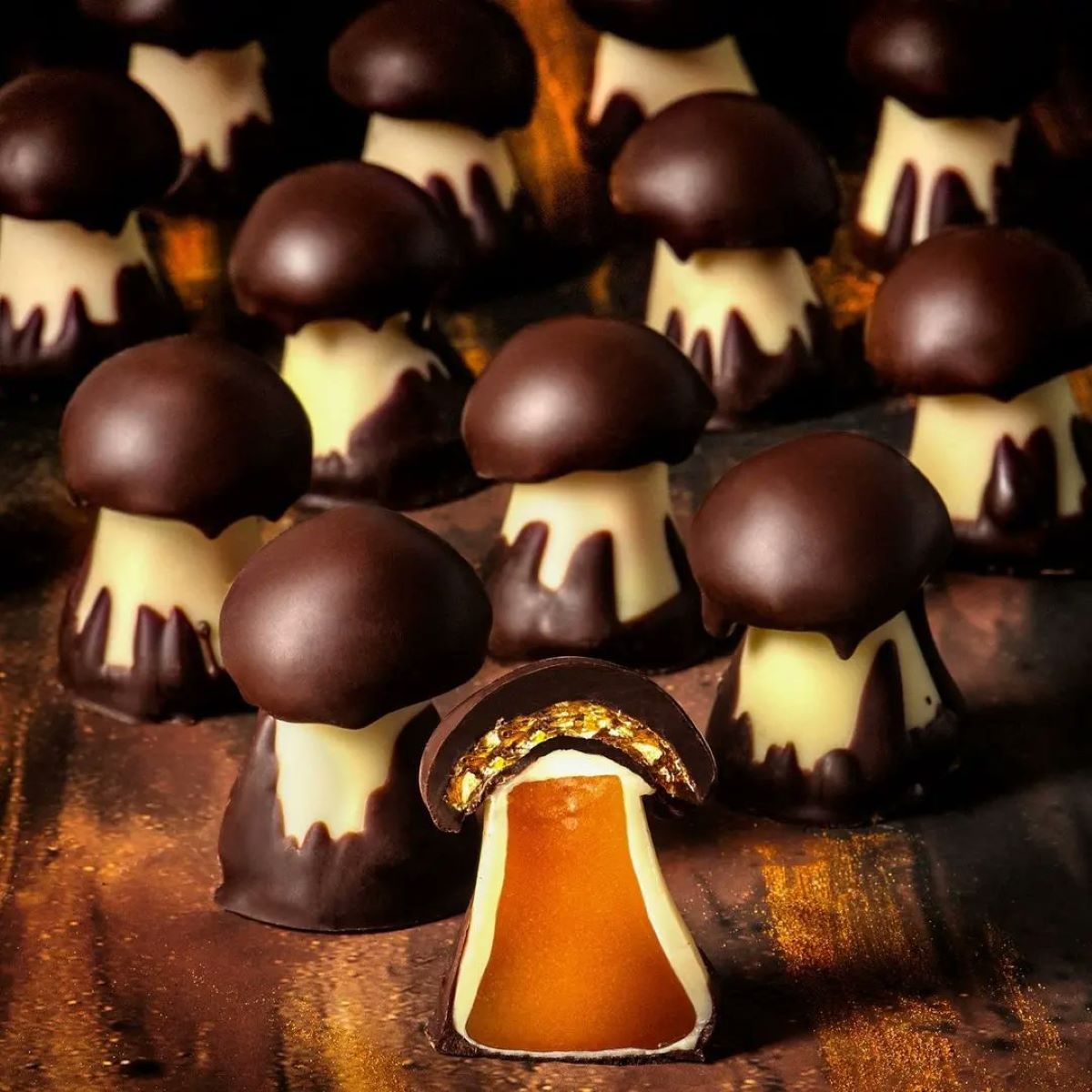
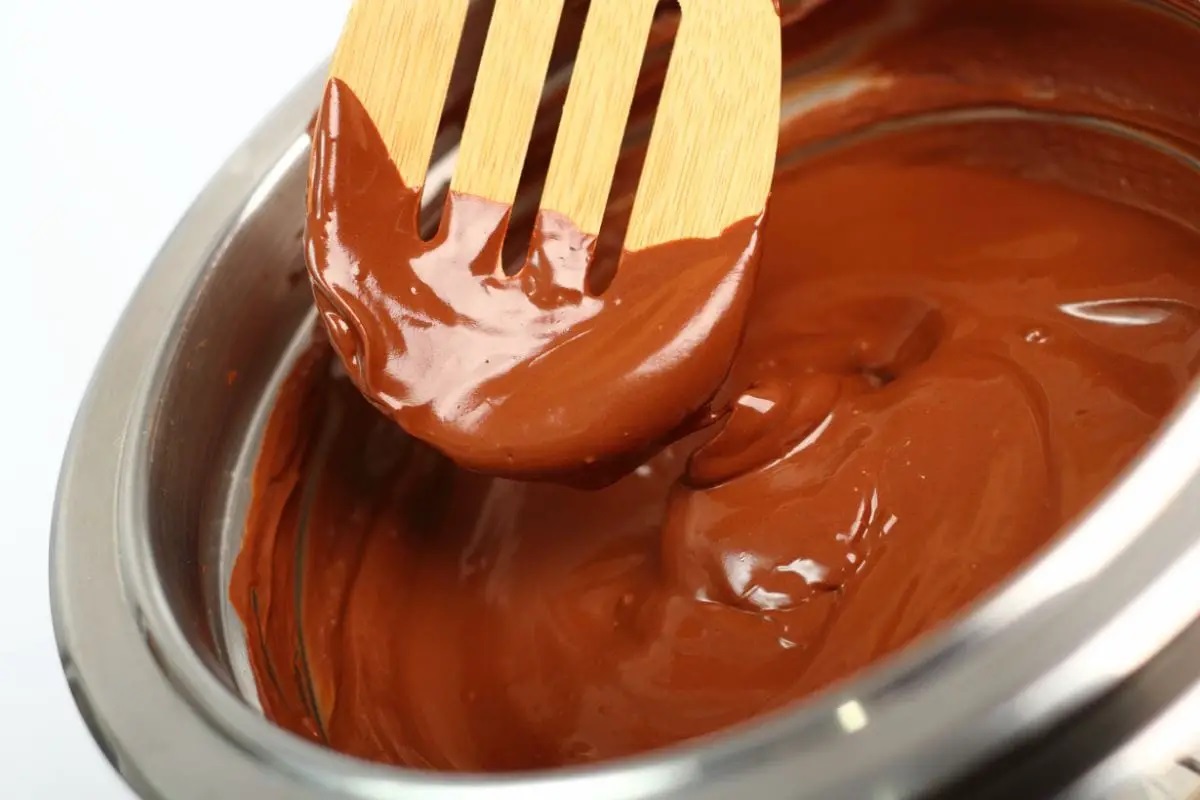
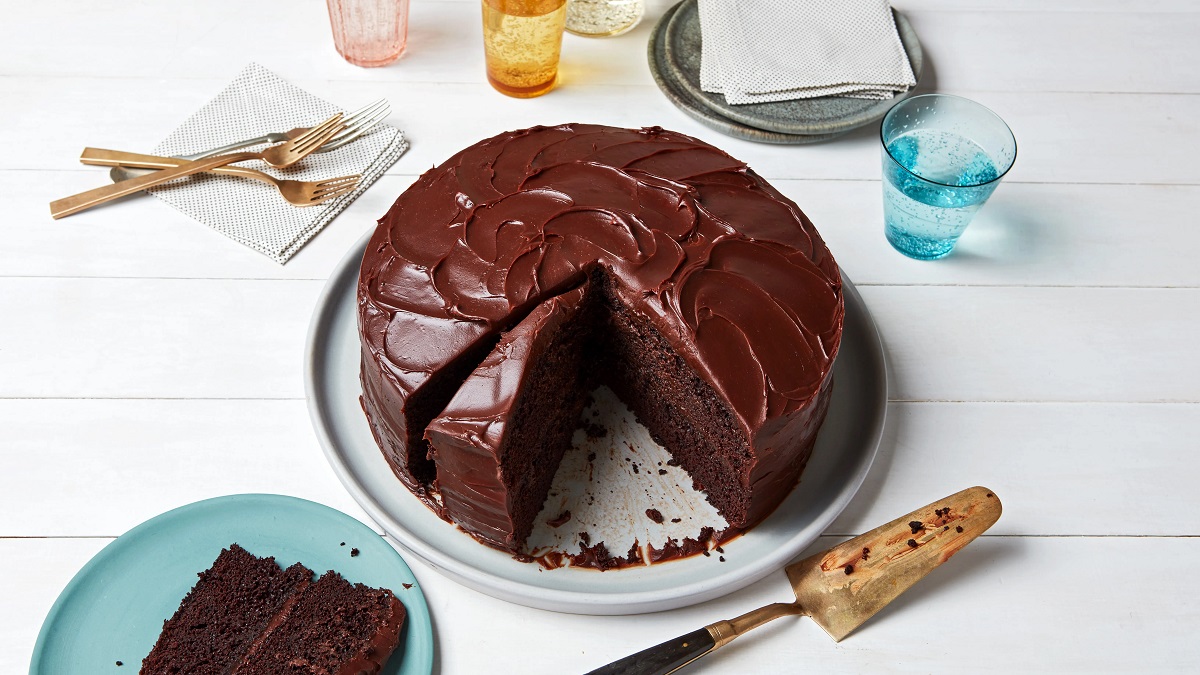
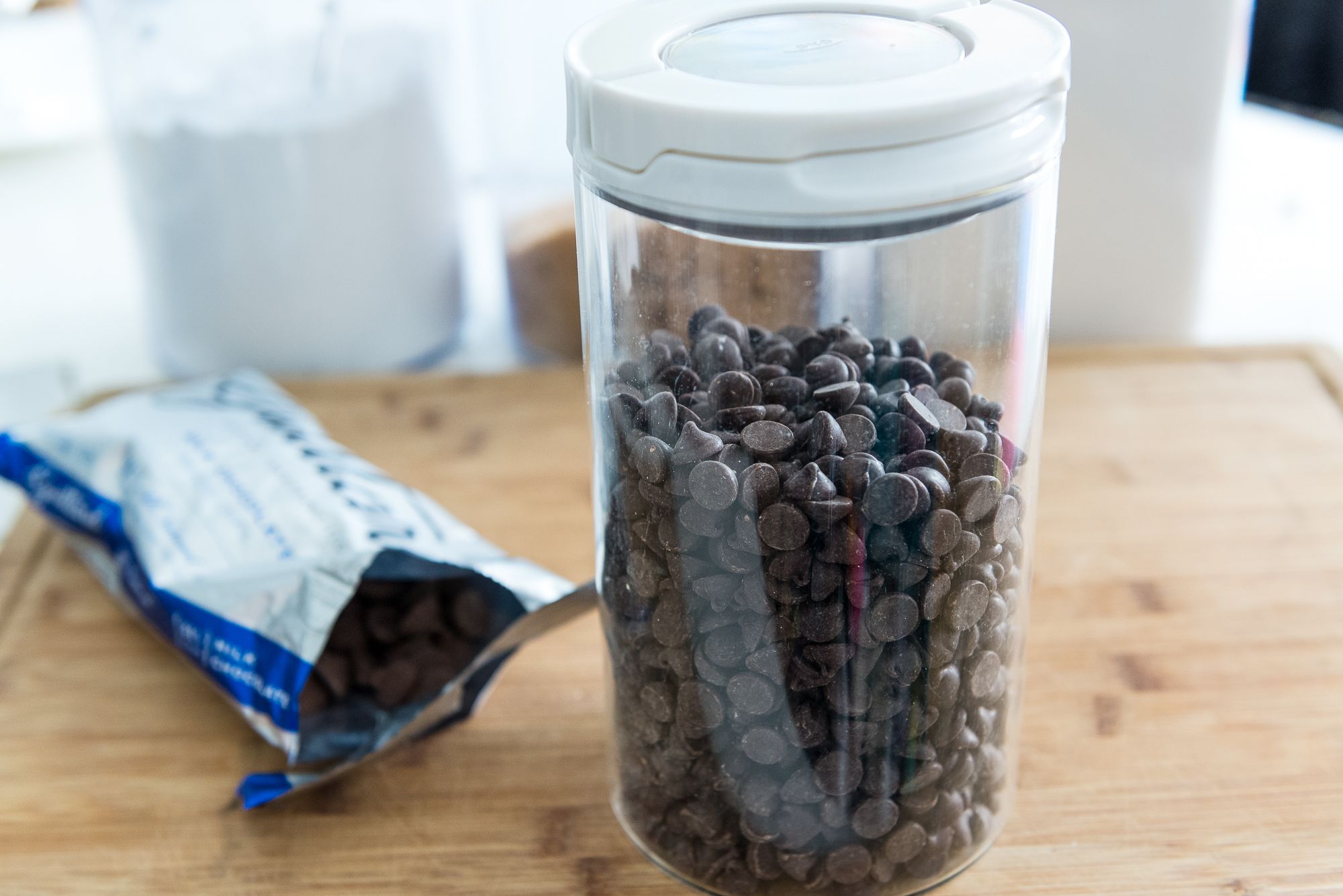
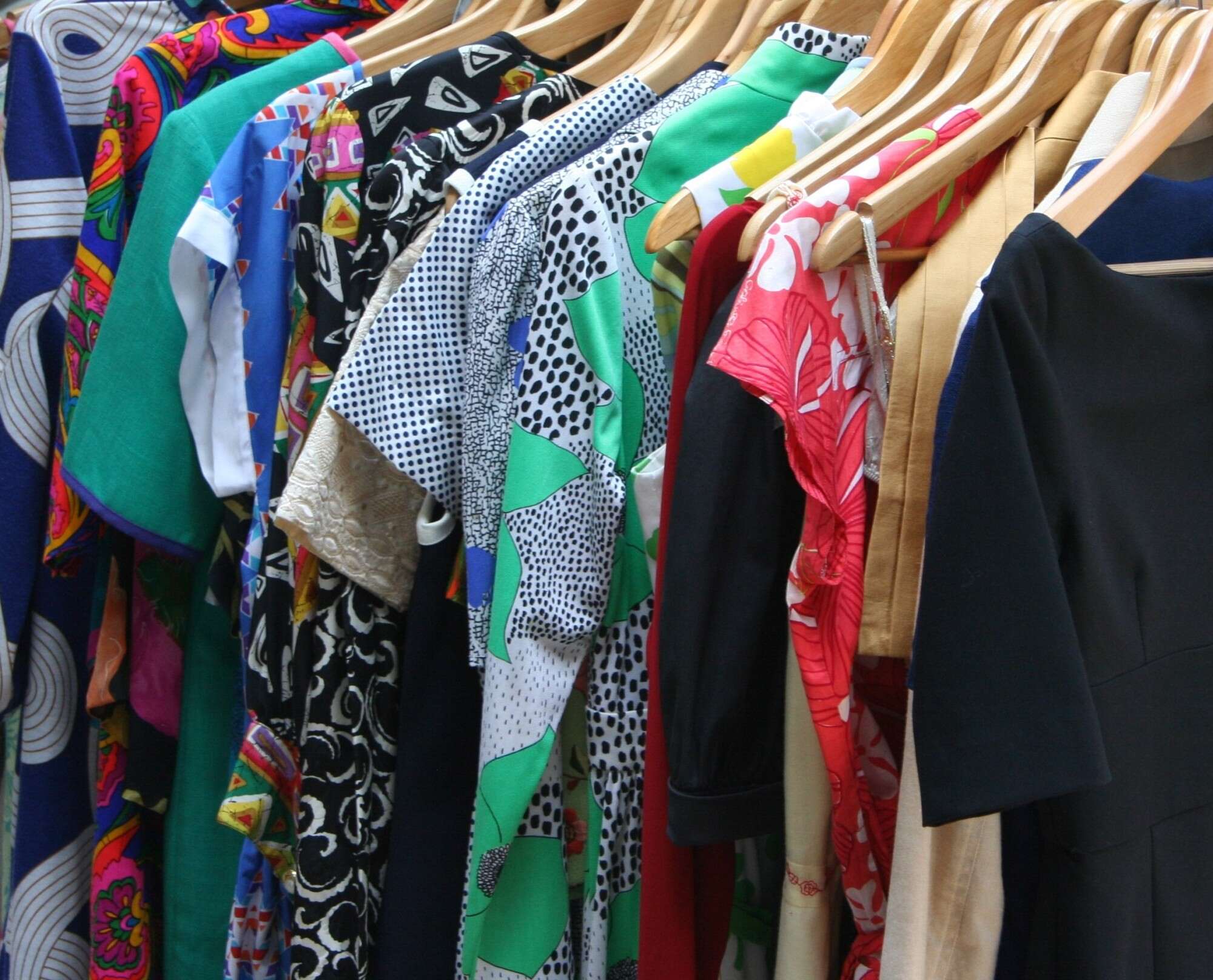

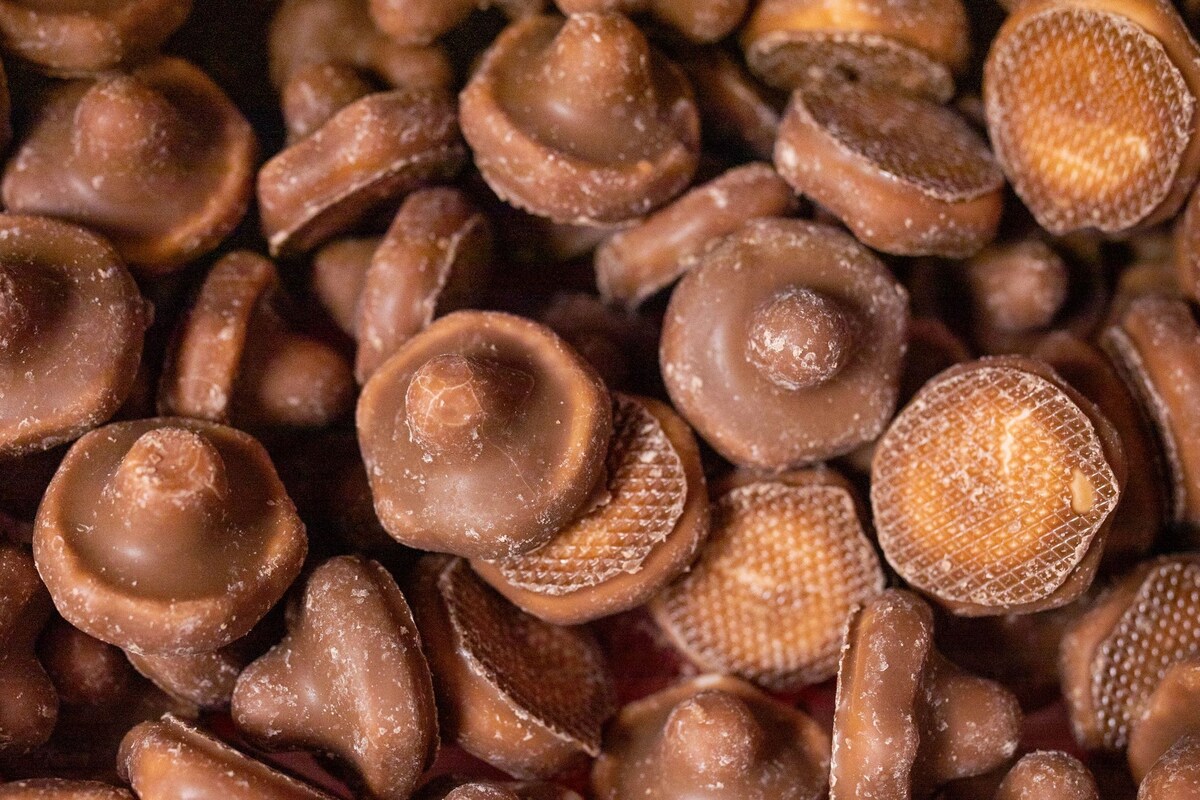
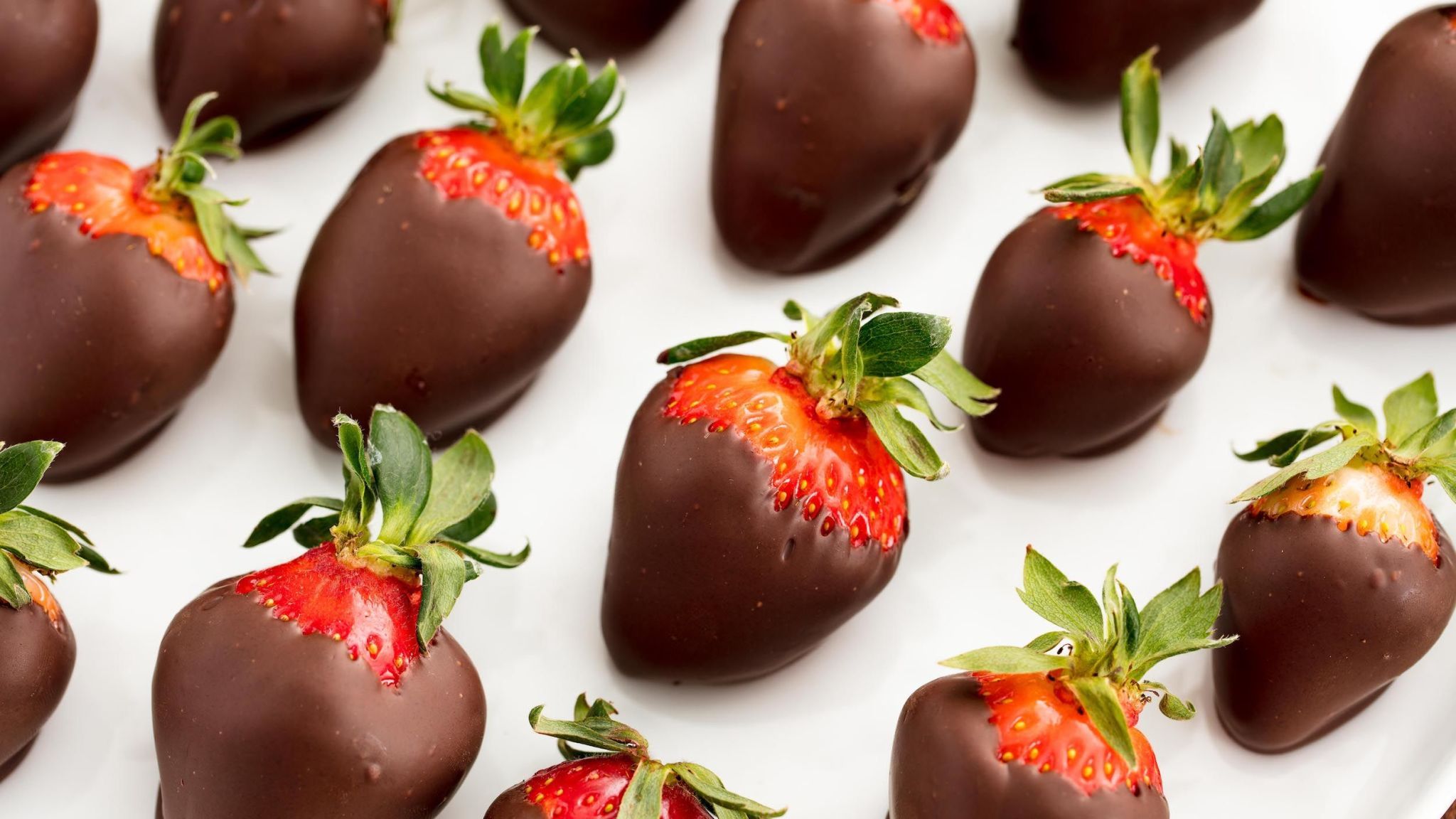
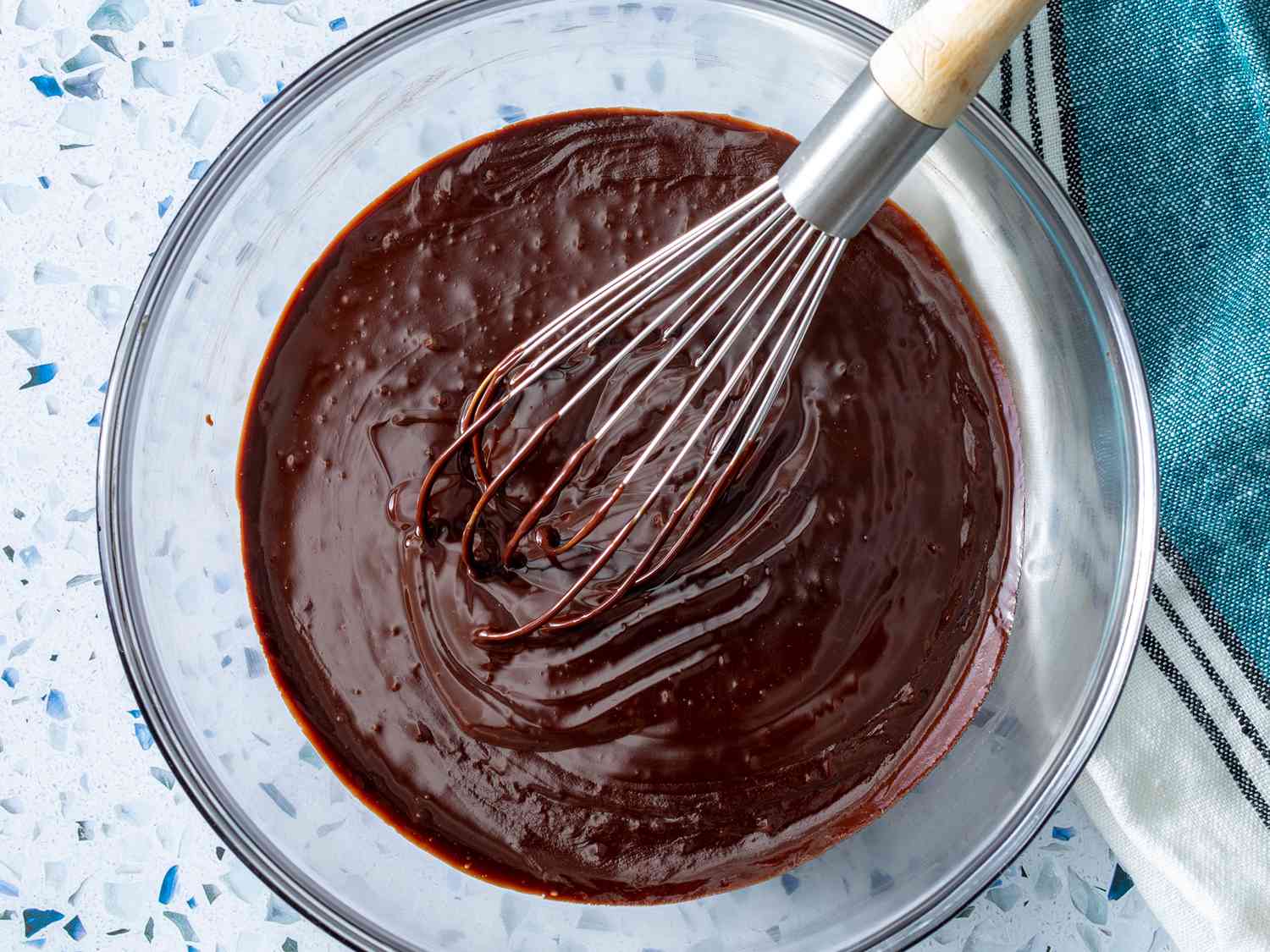
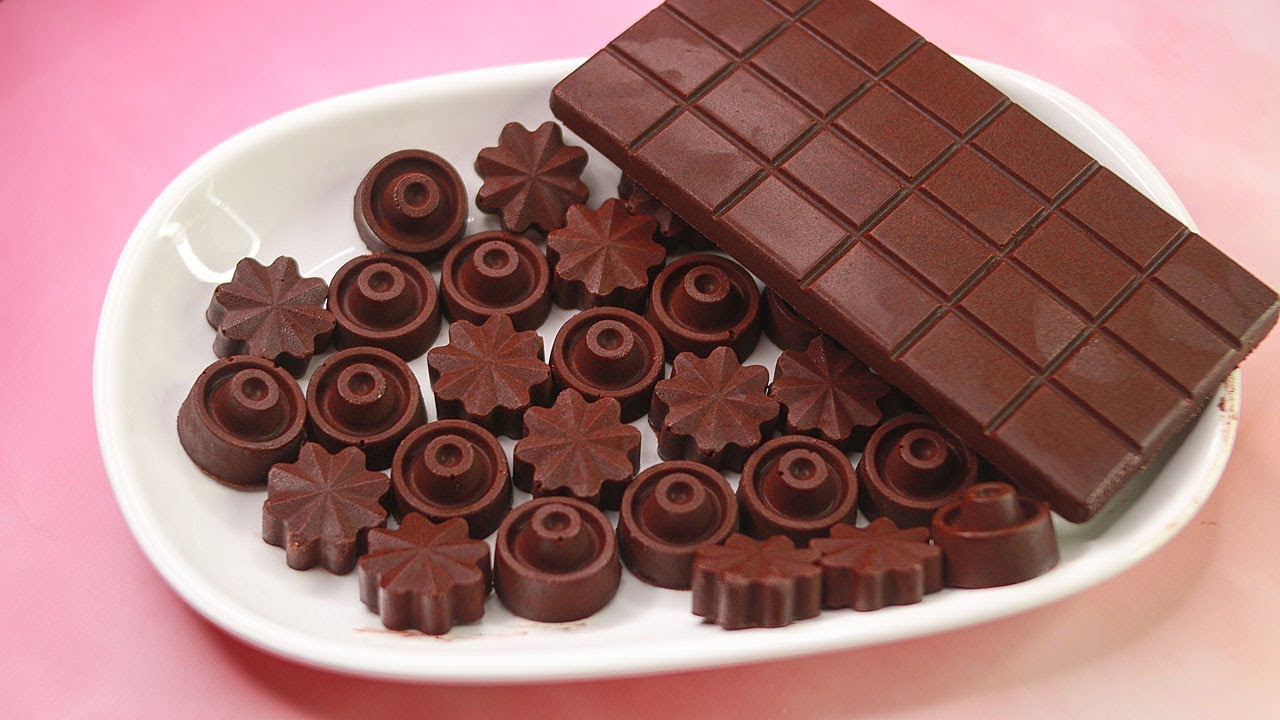
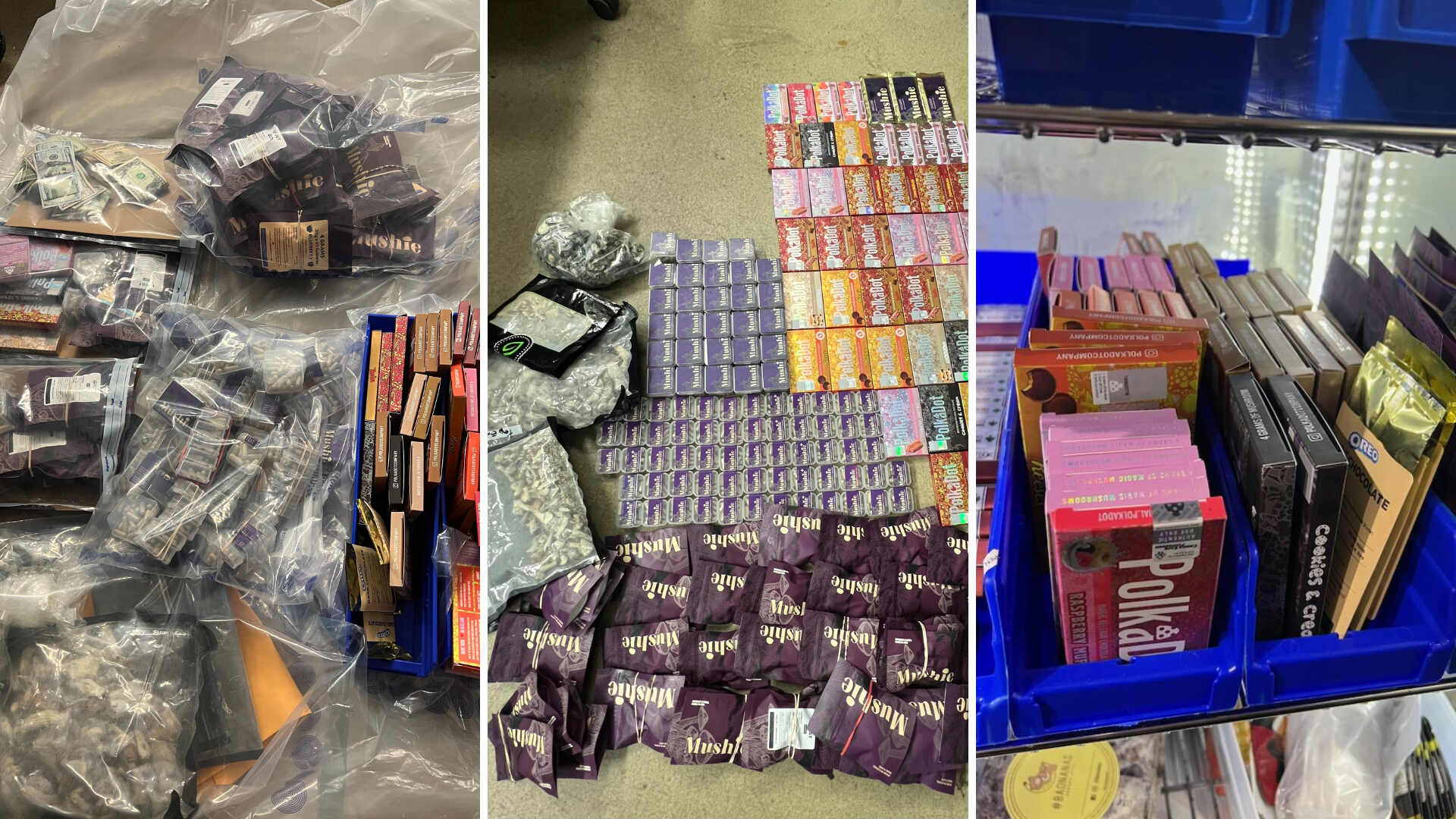
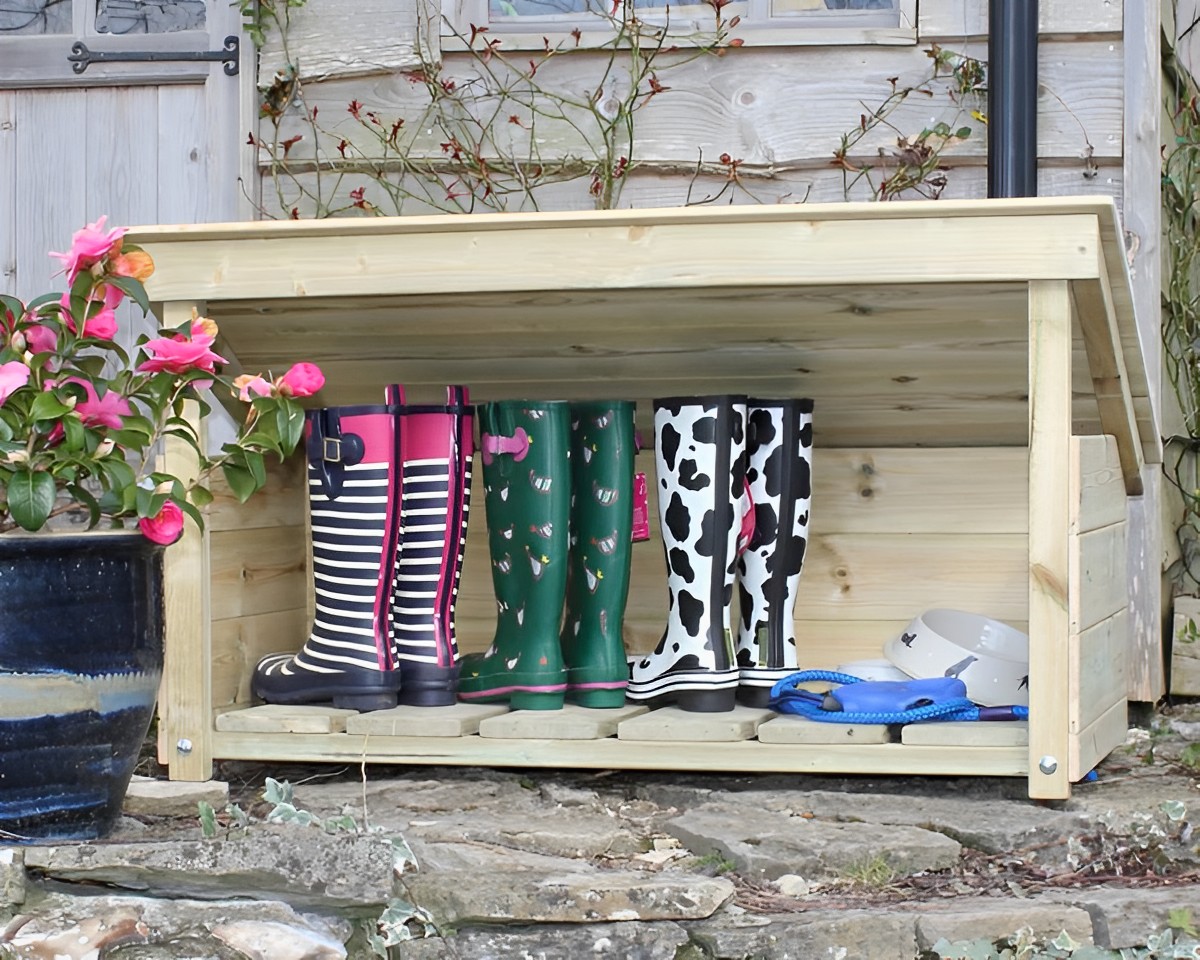
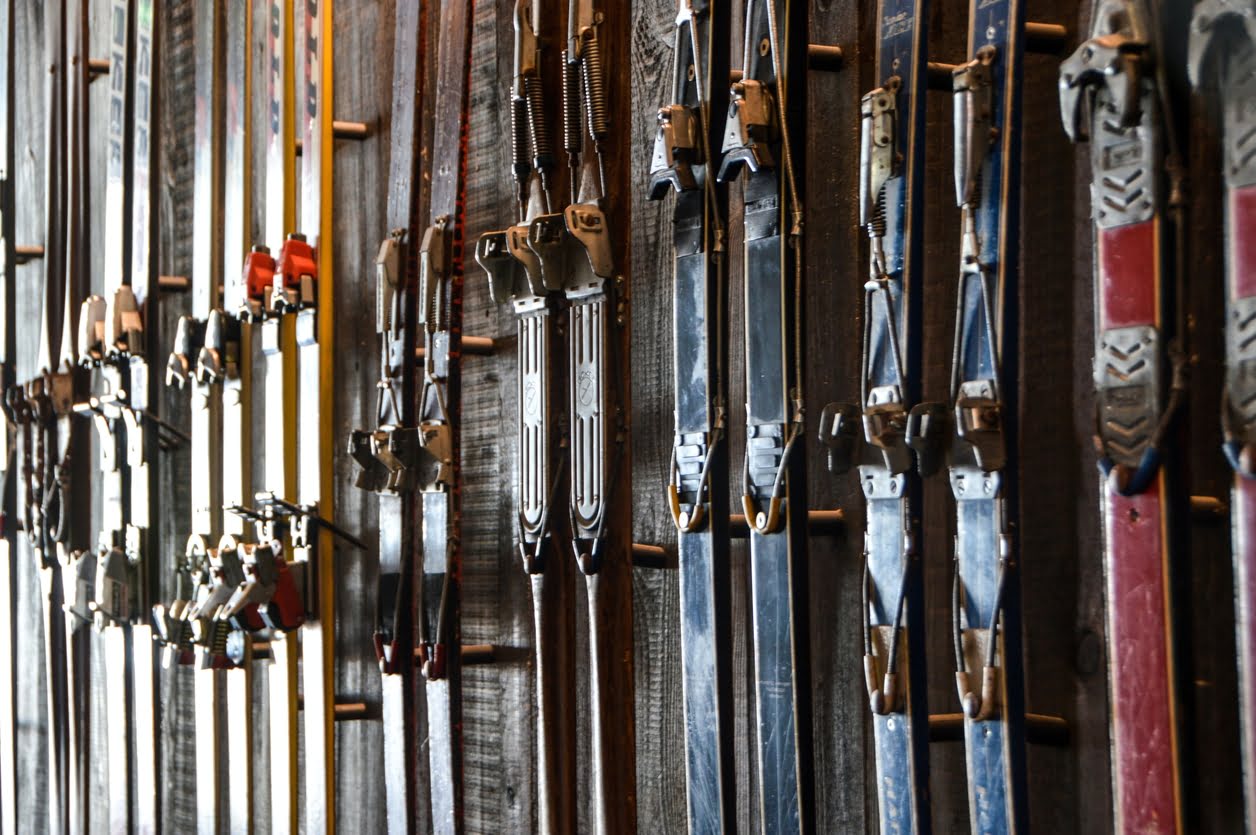

0 thoughts on “How To Store Chocolate In Summer”